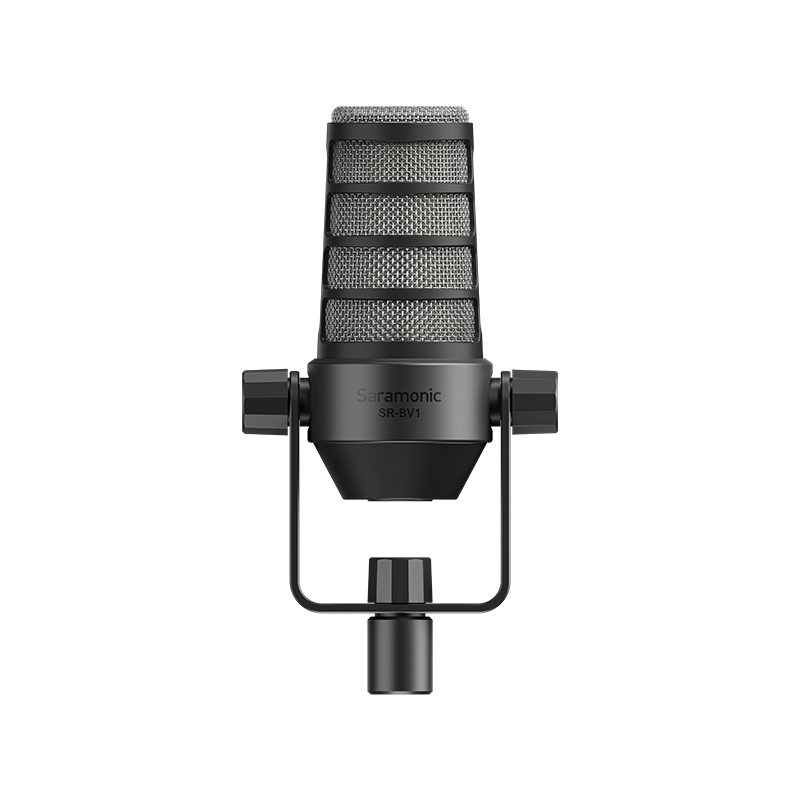Unlocking the Secrets of Studio Microphones: Discover the Perfect Sound!
In the world of music production, broadcasting, and content creation, the choice of studio microphone can make all the difference. A studio microphone is not just a tool; it is the bridge that connects the artist's voice or instrument to the listener's ear, influencing the overall sound quality and emotional impact of a recording. With a plethora of options available, from dynamic to condenser and ribbon microphones, understanding the unique characteristics and applications of each type is essential for achieving the desired sound. In this article, we will explore the different types of studio microphones and their features, helping you make an informed decision for your audio projects.

Types of Studio Microphones
Studio microphones can be broadly categorized into three primary types: dynamic, condenser, and ribbon microphones. Each type boasts its own unique characteristics, making them suitable for various applications in the recording environment. Dynamic microphones are known for their durability and ability to handle high sound pressure levels, making them ideal for live performances and certain studio settings. Condenser microphones, on the other hand, are celebrated for their sensitivity and broad frequency response, which allows them to capture the subtle nuances of sound. Finally, ribbon microphones offer a vintage appeal with their warm sound, often preferred for specific instruments and vocal recordings. Understanding these differences is crucial for selecting the right microphone for your project.
Dynamic Microphones
Dynamic microphones operate on a simple yet effective principle: sound waves cause a diaphragm to vibrate, which then moves a coil within a magnetic field, generating an electrical signal. Their robust construction makes them exceptionally durable, which is why they are often the go-to choice for live performances. In the studio, dynamic microphones excel in recording loud sound sources such as drums and guitar amplifiers, as they can handle high sound pressure levels without distortion. A friend of mine, a live sound engineer, swears by a particular dynamic microphone for its ability to cut through the mix during high-energy performances, proving its worth in both live and studio contexts.
Condenser Microphones
Condenser microphones function differently; they utilize a capacitor to convert sound waves into electrical signals. This design makes them highly sensitive and capable of capturing a wide range of frequencies, making them a popular choice for studio recordings. Their ability to pick up detailed soundscapes makes them ideal for vocals and acoustic instruments, as they can capture the intricate nuances often missed by dynamic microphones. I recall a session where we used a condenser microphone to record an acoustic guitar, and the clarity and depth it brought to the sound were nothing short of remarkable. This sensitivity, however, can also make them more susceptible to background noise, so selecting the right environment for recording is essential.
Ribbon Microphones
Ribbon microphones are known for their unique design and warm sound profile. They utilize a thin metal ribbon suspended in a magnetic field to capture sound, which gives them a distinctive tonal quality that many find appealing for both vocals and various instruments. Their vintage appeal is not just aesthetic; the sound they produce is often described as smooth and natural, making them a favorite among audiophiles and recording engineers alike. A close friend who specializes in vintage audio equipment often praises ribbon microphones for their ability to add warmth to vocal recordings, making them a staple in his studio setup.
Key Features to Consider
When selecting a studio microphone, several key features come into play that can significantly impact the quality of your recordings. Frequency response refers to the range of frequencies a microphone can capture; a wider frequency response typically allows for a more accurate representation of sound. Polar patterns determine how a microphone picks up sound from different directions, with options like cardioid, omnidirectional, and figure-eight offering varying degrees of sensitivity to sound sources. Sensitivity indicates how well a microphone can respond to quiet sounds, and impedance affects compatibility with audio equipment. Understanding these features is essential for achieving optimal recording quality and sound capture tailored to your specific needs.
Choosing the Right Microphone for Your Needs
Selecting the best microphone for your needs requires careful consideration of your recording goals and environment. If you primarily record vocals, a condenser microphone might be your best bet, while dynamic microphones could be more appropriate for capturing instruments in a live setting. Additionally, consider whether you'll be recording in a professional studio or a home studio, as this can influence your choice. Budget is also a crucial factor; while high-end microphones offer superior quality, there are plenty of affordable options that can still deliver excellent results. Ultimately, personal preference plays a significant role in choosing the right microphone, so don’t hesitate to experiment with different types to find your perfect match.
Understanding Studio Microphone Options
In summary, the world of studio microphones is diverse and fascinating, with each type offering unique advantages that can enhance your recordings. Whether you opt for a dynamic, condenser, or ribbon microphone, understanding their features and applications is key to achieving the sound quality you desire. As you explore the options available, remember that the right microphone can elevate your audio projects, allowing your creativity to shine through. Embrace the journey of experimentation, and you may just discover the perfect microphone that complements your artistic vision.
